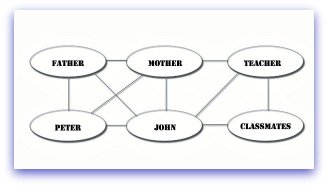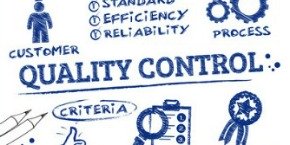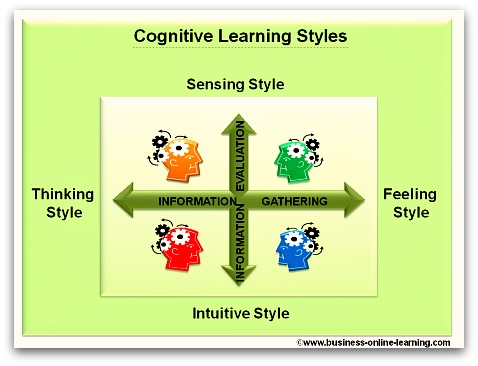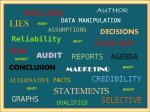Relationship Diagram Steps
This relationship diagram or analysis type is useful in Change Management or as a Tool in your Problem Solving Kit.
What you need:
- Charting possibilities for the larger scenarios
- Otherwise, different colored pens and blank paper. No surprises there!
How to do this Analysis
Here is your basic concept:
Step 1:
Firstly, list all items (people, functions, machines, groups of people, organisations, etc.) in no set order and place a circle around their title.
Step 2:
In free-flowing style, connect the circles as how each item is related to, connected to or has a relationship with the other.
Step 3:
The strength of the lines can be made thicker according to the strength of the relationship. You could even mark down on the interconnecting lines the type of connection between the groups.
For example: If some new type of regulation is being introduced, then you could note the influence that new regulations requirements are affecting the different groups in your analysis.
Step 4:
You may add different colors to the lines to highlight different points that you want to focus on, i.e. risk aspects, financial threats, political concerns, time issues, etc.
Note: G and E are the strongest elements here as they are those with the most relationships.
A and I are the weakest as they have the least relationships in this scenario.
Why A Relationship Diagram is useful:
They are useful to illustrate the scenario of interdependencies existing between various components, be they organizational, departmental, functional, or personal.
This type of diagram is static. It is a snapshot picture of the situation you wish to explore. To do more extensive work, you would need to extend the tools you are using and add to this analysis, for example by adding a cause and effect diagram, or using a forcefield analysis or Gap analysis; indeed a CATWOE Analysis would also be highly recommended.
The lines in your diagram will indicate unspecified relationships and are not intended to represent flows or sequences of activities as you would find in a process flow chart.
Success
A successfully carried out analysis will lead to a modified strategy, where the degrees of connections that influence a situation are counteracted or indeed encouraged.
Certainly many of the relationships will be as desired but others will be in need of modification, especially if you are aiming to introduce any great changes.
In this way, you can safely address any risk issues provided by unbalanced relationships in the scenario you are appraising.














 My name is Martha and I have worked for over 30 years in various aspects of business and in various countries, right around the world.
My name is Martha and I have worked for over 30 years in various aspects of business and in various countries, right around the world.